#Walter Allwards’s South African (Boer War) Memorial
Text
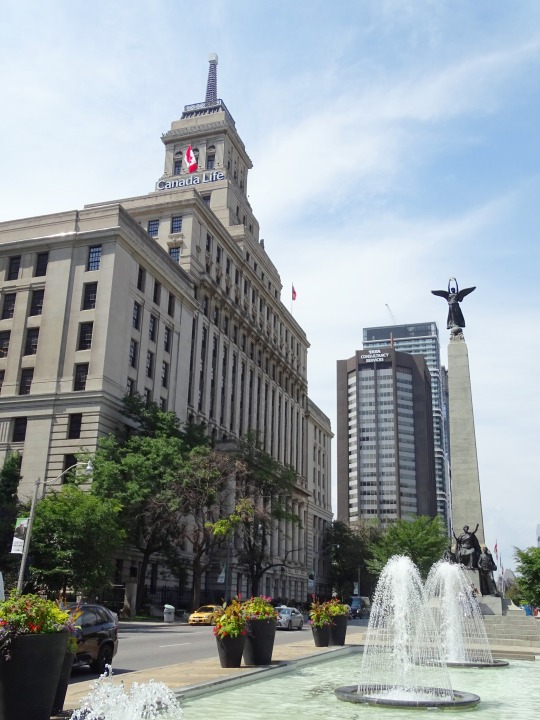
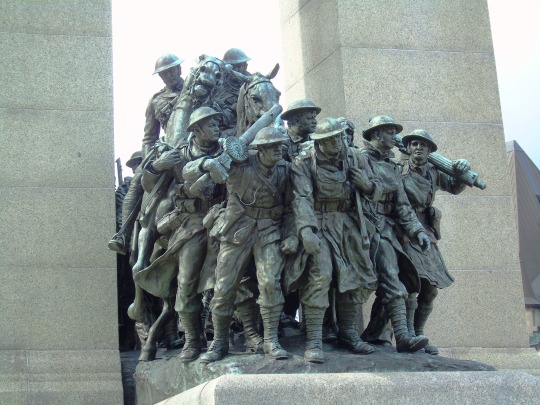

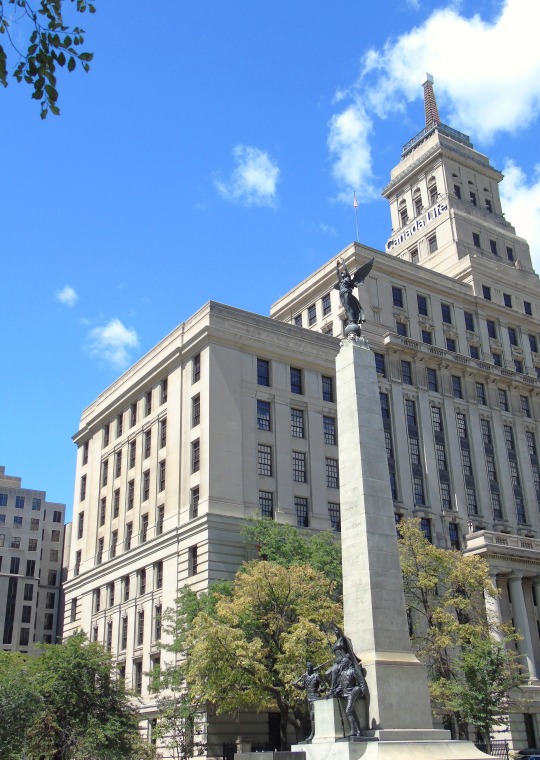

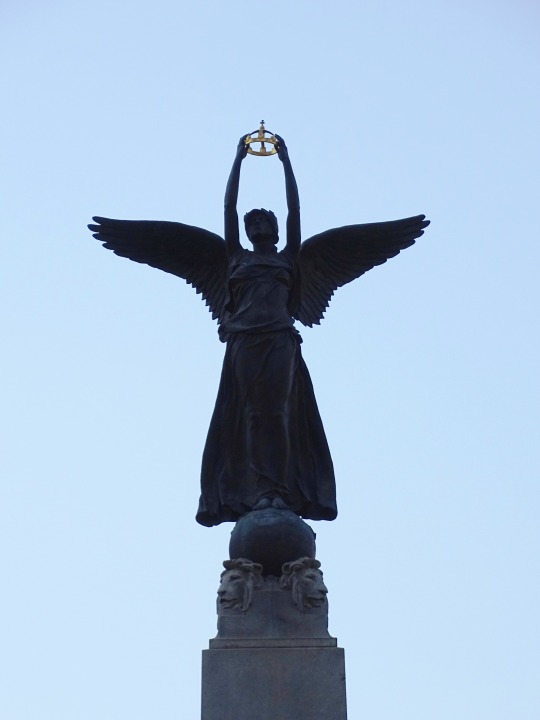

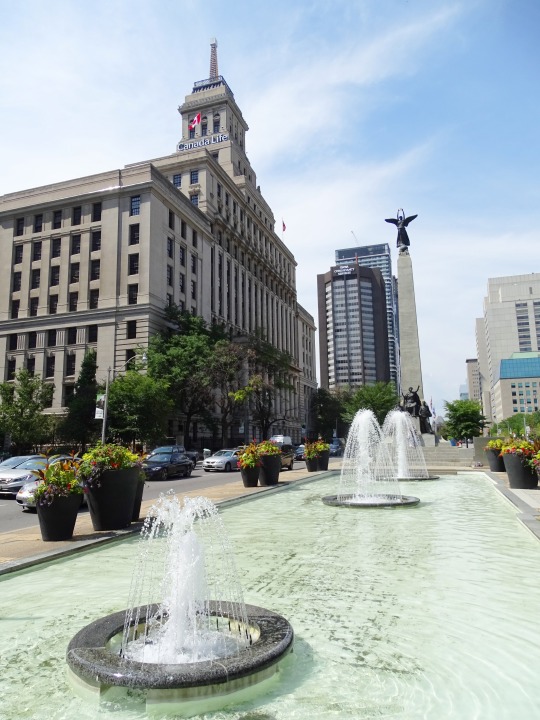

The Second Boer War erupted in South Africa between the British-ruled Cape Colony, and the Boer-ruled Transvaal and Orange Free State on October 11, 1899.
#South African (Boer War) Memorial by Walter Allwards#Second Boer War#travel#11 October 1899#anniversary#Canadian history#Toronto#Ontario#Ottawa#Canada#summer 2018#original photography#cityscape#architecture#fountain#public art#sculpture#2015#The Response#Canadian National War Memorial#National War Memorial by Vernon March
4 notes
·
View notes
Photo


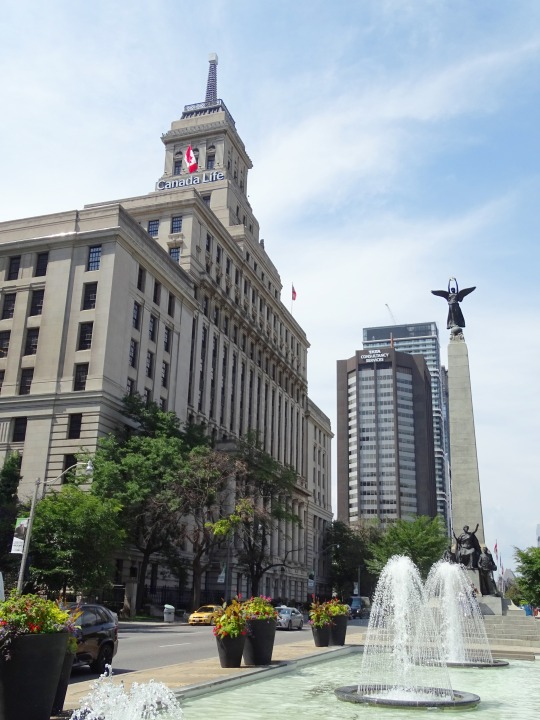


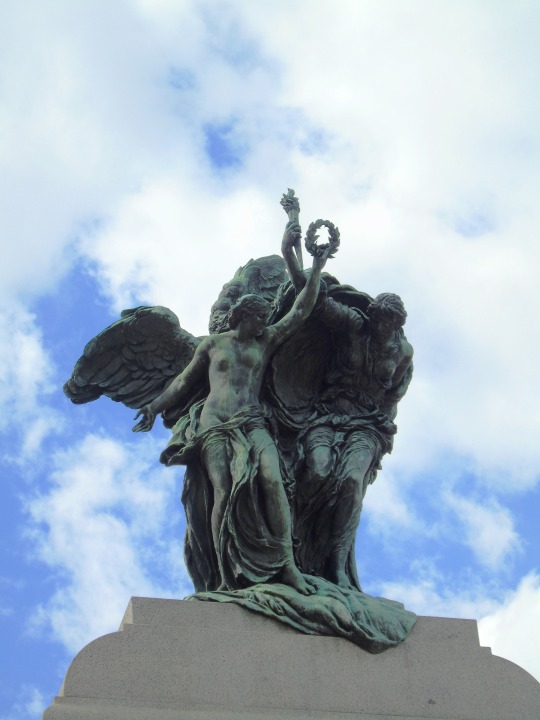



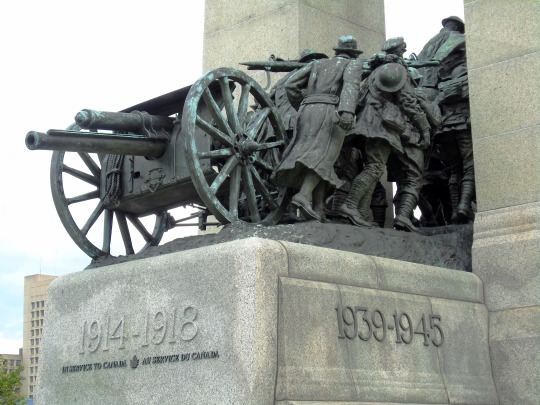
Second Boer War: The Treaty of Vereeniging ended the war and ensured British control of South Africa on May 31, 1902.
#National War Memorial by Vernon March#Ottawa#Charlottetown#Canada#Prince Edward Island#Province House#Prince Edward Island War Memorial#South African War Memorial by Walter Seymour Allward#Toronto#Second Boer War#Treaty of Vereeniging#ended#white colonialism#travel#31 May 1902#anniversary#Canadian history#tourist attraction#landmark#Ontario#architecture#cityscape
0 notes
Photo
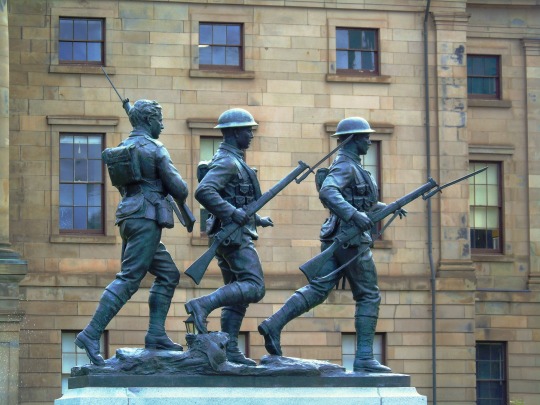
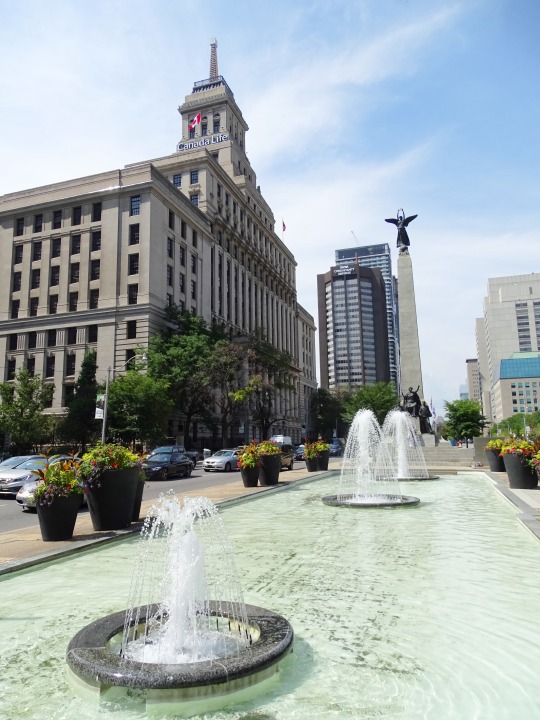

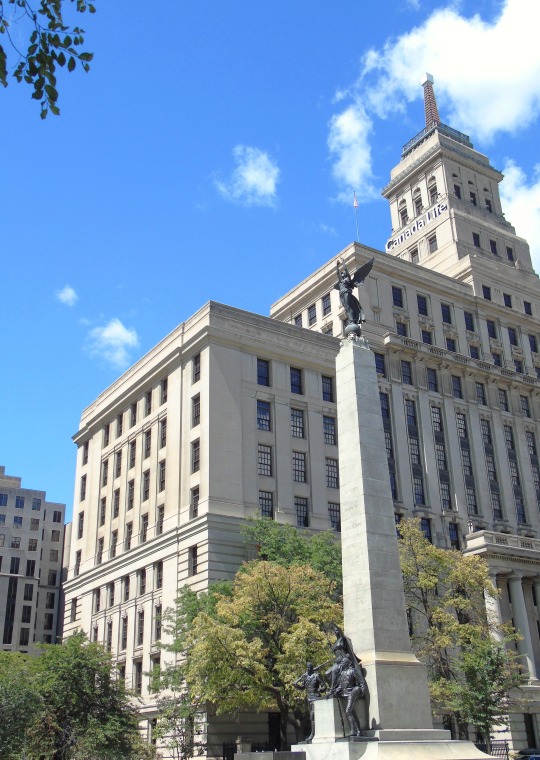



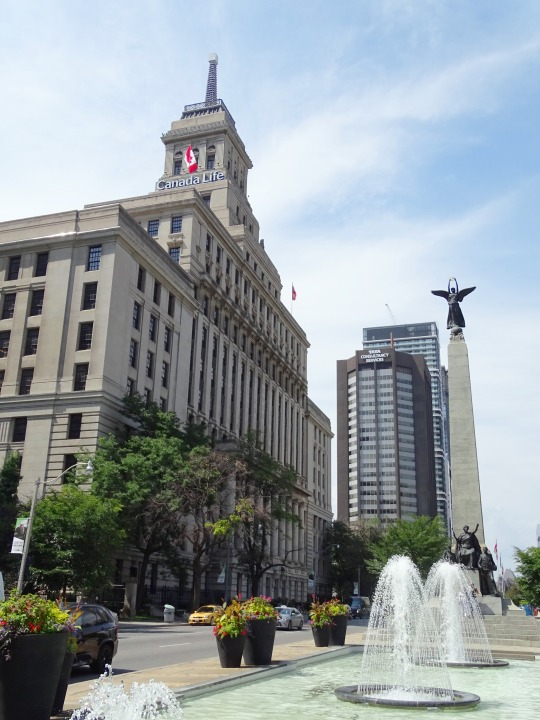

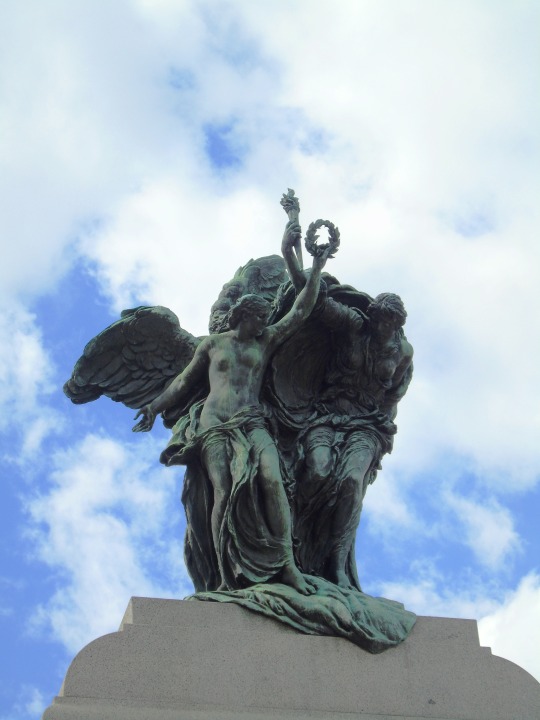
The Second Boer War erupted in South Africa between the British-ruled Cape Colony, and the Boer-ruled Transvaal and Orange Free State on October 11, 1899.
#South African War Memorial by Walter Allward#Second Boer War#started#11 October 1899#Toronto#Canadian history#Ontario#Canada#travel#summer 2015#Ottawa#2018#Charlottetown#Prince Edward Island#Walter Allwards’s South African (Boer War) Memorial#University Avenue#National War Memorial by Vernon March#Province House#Boer War Memorial#sculpture#original photography#cityscape#architecture#tourist attraction#landmark
1 note
·
View note
Photo





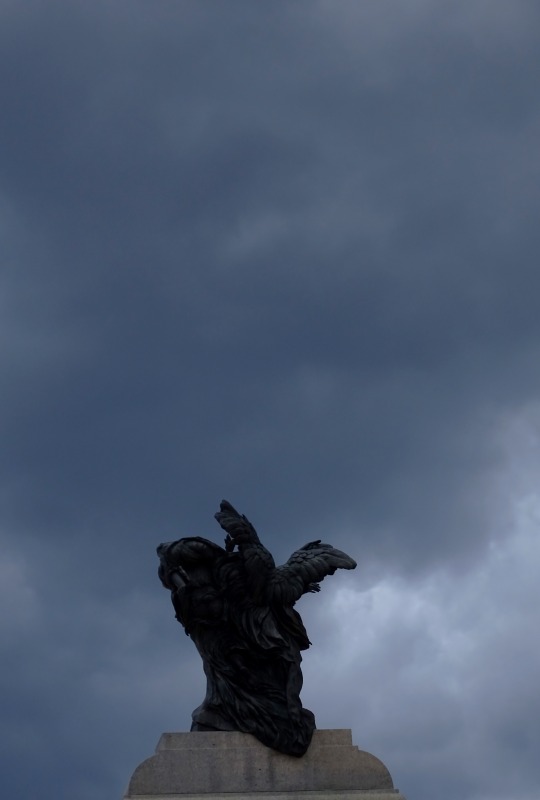

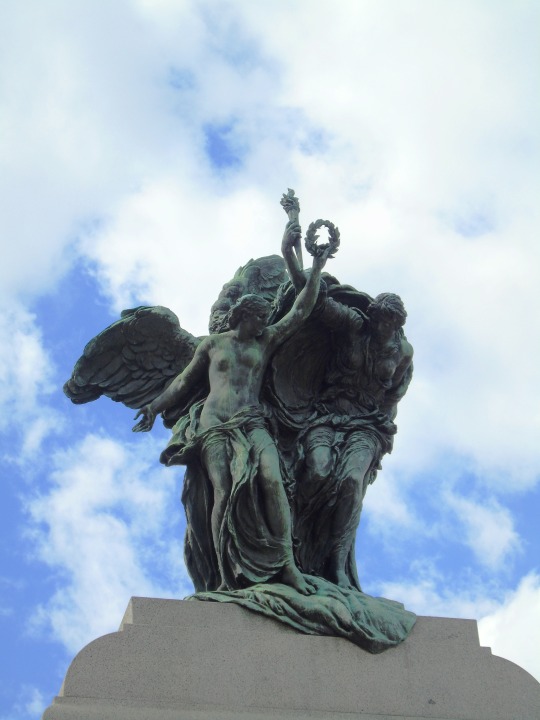

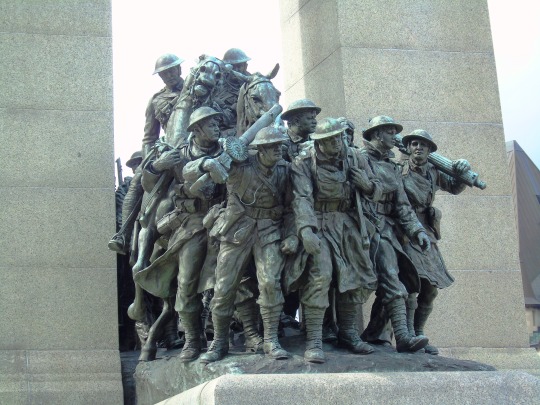
The Second Boer War erupted in South Africa between the British-ruled Cape Colony, and the Boer-ruled Transvaal and Orange Free State on October 11, 1899.
#South African (Boer War) Memorial by Walter Allwards#Second Boer War#travel#11 October 1899#anniversary#Canadian history#Toronto#Ontario#Ottawa#Canada#summer 2018#original photography#cityscape#architecture#fountain#public art#sculpture#2015#The Response#Province House#(Boer) War Memorial#Charlottetown#Prince Edward Island#PEI#Canadian National War Memorial#National War Memorial by Vernon March
3 notes
·
View notes
Photo
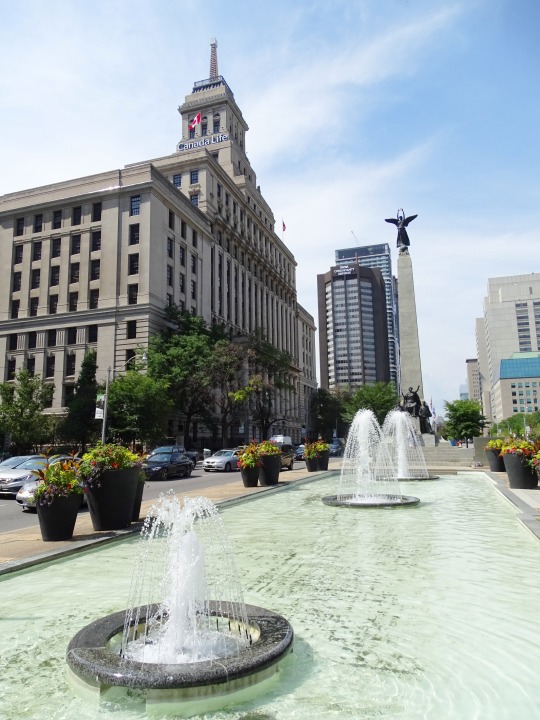
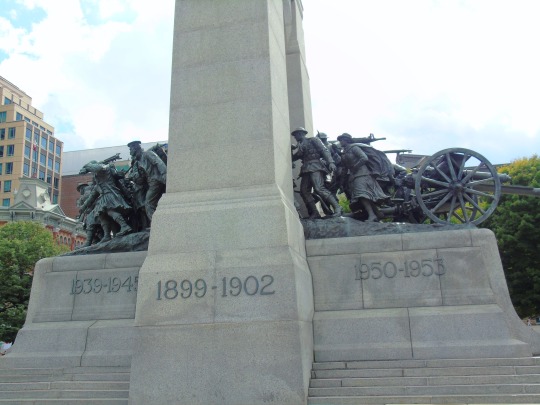


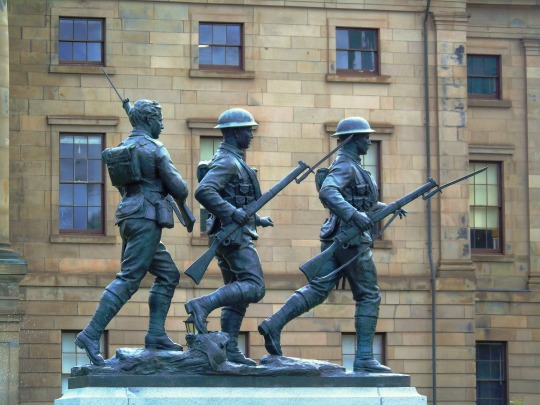

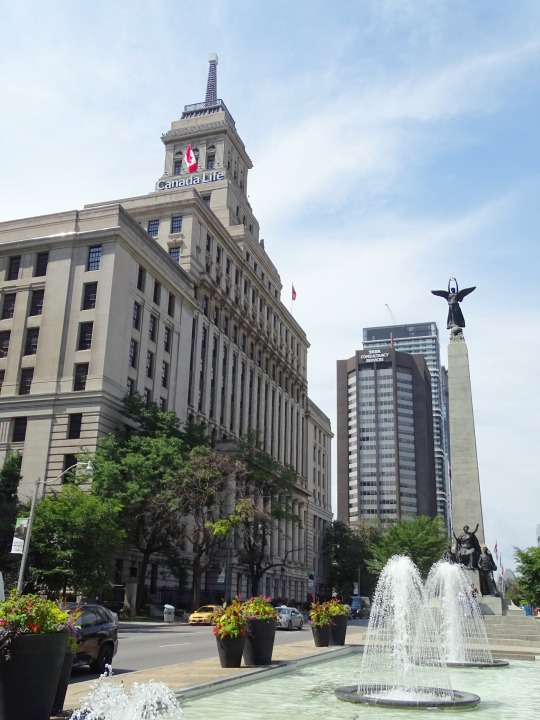



Second Boer War: The Treaty of Vereeniging ended the war and ensured British control of South Africa on May 31, 1902.
#South African War Memorial by Walter Allward#Second Boer War#Toronto#Treaty of Vereeniging#31 May 1902#anniversary#history#Charlottetown#(Boer) War Memorial#PEI#Prince Edward Island#Province House#cityscape#architecture#summer 2015#2018#Ottawa#Ontario#Vernon March#public art#sculpture#original photography#Canada#travel#vacation
1 note
·
View note
Photo



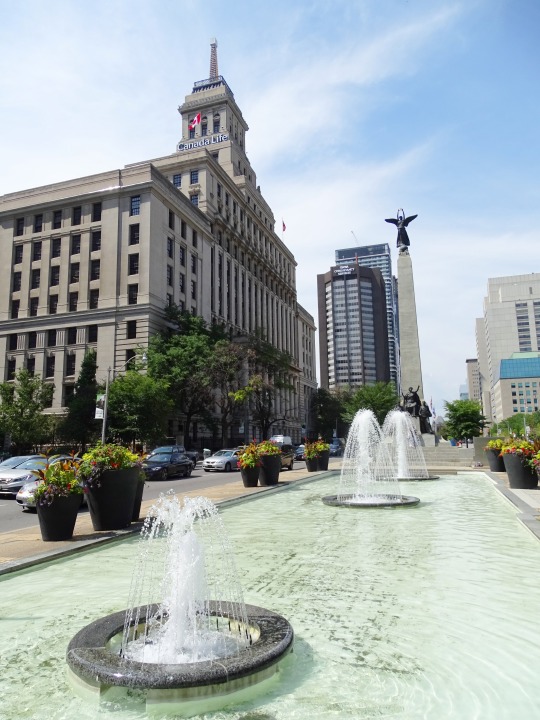




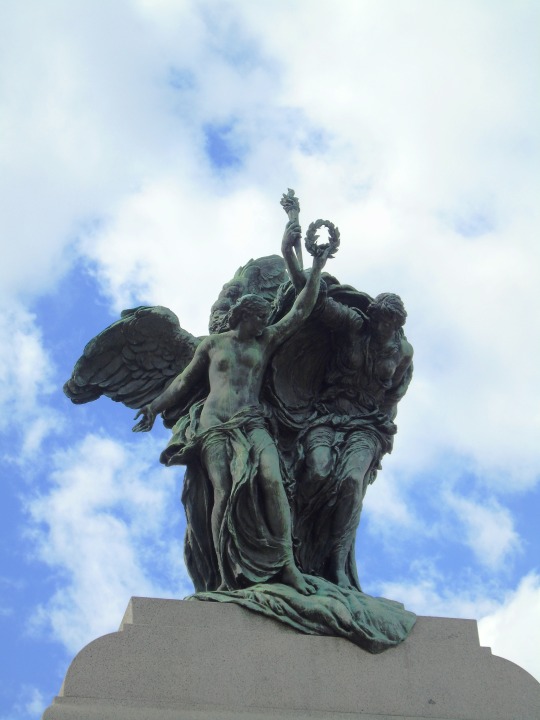

The Second Boer War erupted in South Africa between the British-ruled Cape Colony, and the Boer-ruled Transvaal and Orange Free State on October 11, 1899.
#Second Boer War#began#11 October 1899#anniversary#Canadian history#Ottawa#Canadian National War Memorial#Canada#travel#vacation#summer 2018#Toronto#Ontario#Vernon March#South African War Memorial by Walter Allward#(Boer) War Memorial#PEI#2015#Province House#Charlottetown#Prince Edward Island#military history#public art#fountain#water
6 notes
·
View notes
Photo


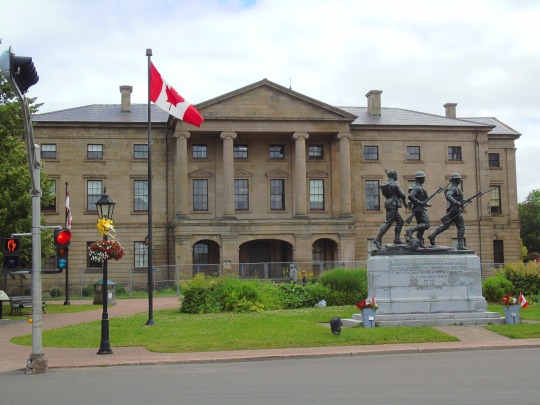
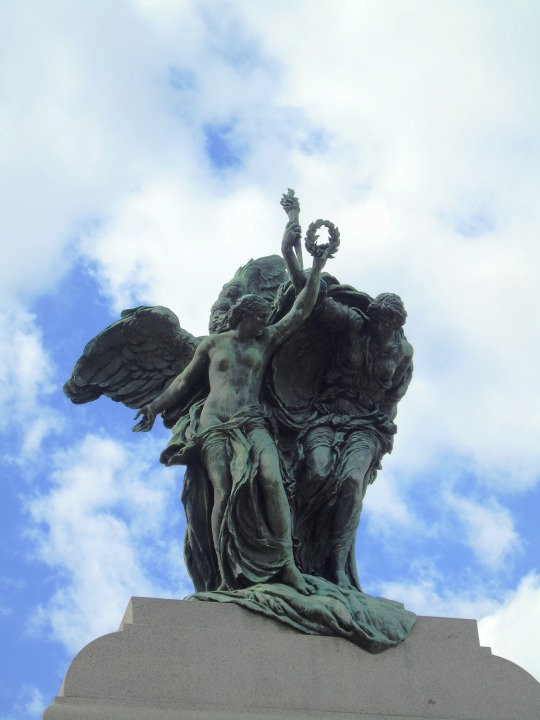






Second Boer War: The Treaty of Vereeniging ended the war and ensured British control of South Africa on May 31, 1902.
#Walter Allwards’s South African (Boer War) Memorial#Toronto#Ontario#travel#Canada#Second Boer War#Treaty of Vereeniging#ended#31 May 1902#anniversary#history#original photography#summer 2015#2018#public art#sculpture#architecture#South African War Memorial by Walter Allward#(Boer) War Memorial#Province House#Charlottetown#Ottawa#PEI#cityscape#Prince Edward Island#National War Memorial#Vernon March#Ceremonial Guard Sentry
2 notes
·
View notes
Photo
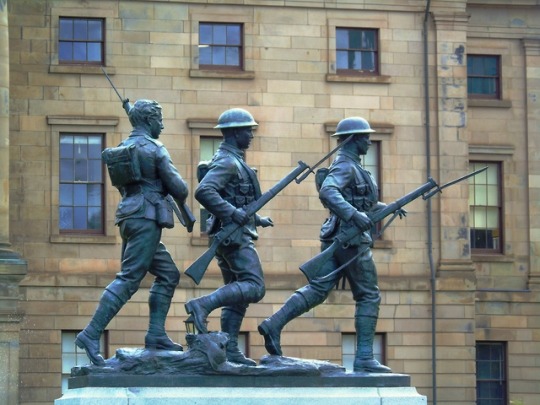



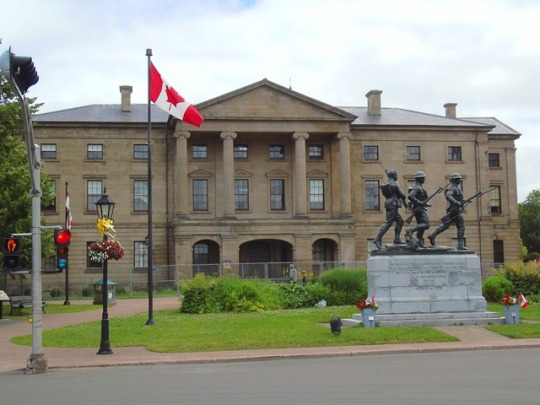





The Second Boer War erupted in South Africa between the British-ruled Cape Colony, and the Boer-ruled Transvaal and Orange Free State on October 11, 1899.
#Second Boer War#erupted#South Africa#11 October 1899#120th anniversary#history#public art#Charlottetown#Ottawa#Canada#Walter Allwards’s South African (Boer War) Memorial#original photography#summer 2015#Province House#National War Memorial#Vernon March#Elsie March#Sydney March#guard sentry#Toronto#2018#Ontario#The Response#University Avenue
6 notes
·
View notes
Photo
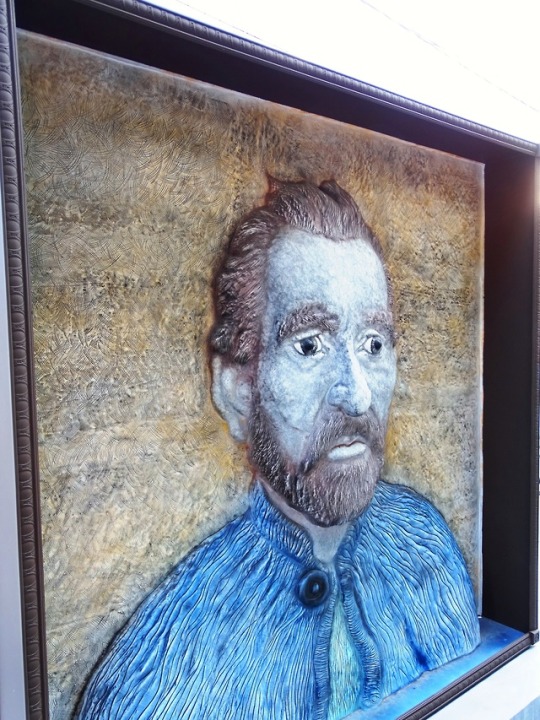


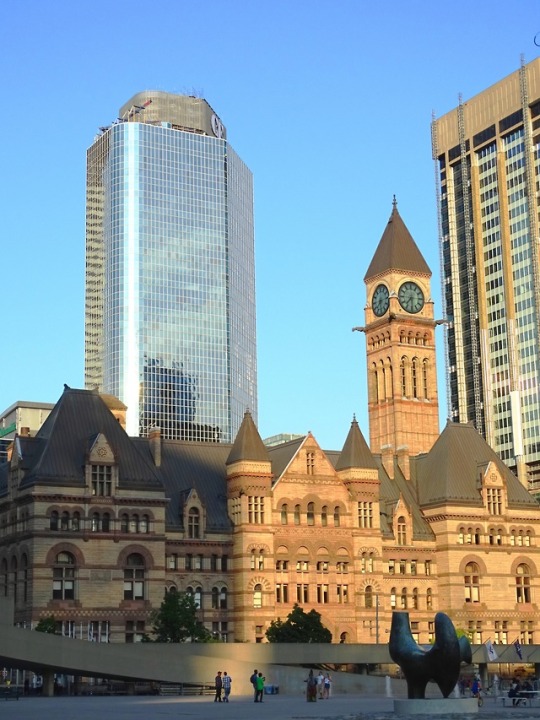
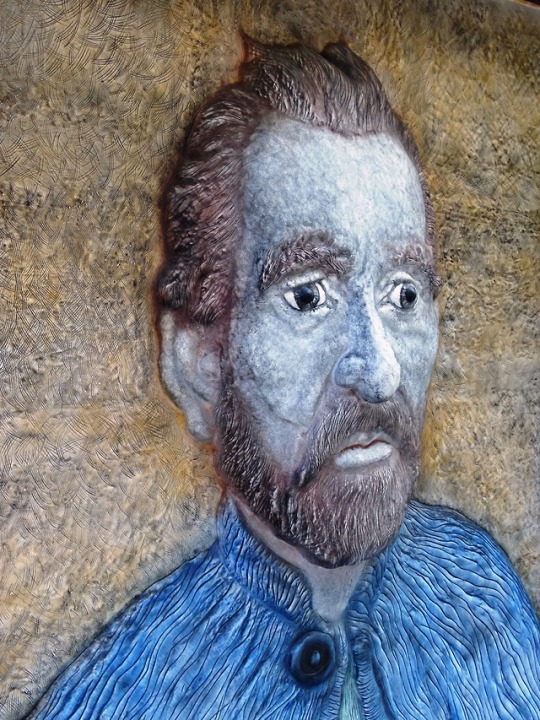





Public Art, Toronto (No. 3)
Vincent van Gogh once said he never tried to reproduce what he saw before him. Nevertheless, he painted more than 30 self-portraits.
A hundred years later, Canadian sculptor Joe Fafard faced off with van Gogh by making several portraits of him.
One of Fafard’s ceramic busts of van Gogh belongs to the Burlington Art Centre. Its title, Vincent Draws a Crowd, hints at Fafard’s playful treatment. When an artist paints in public, a crowd might gather. Or are we meant to imagine the artist-sitter depicting the crowd?
A native of Saskatchewan, Fafard is one of Canada’s best-known sculptors. He works with clay and bronze. Three of his pieces appeared on Canadian postage stamps issued last year. One of these featured a full-length portrait of van Gogh.
Apart from portraits of van Gogh and other artists, Fafard’s subjects include cows and politicians. His cows are cute and whimsical; the politicians, uncute and unheroic.
Van Gogh used a mirror to paint himself, and what we see is mirror images of the artist. For instance, in an 1889 self-portrait done after he cut off part of his left ear, the bandaged ear is on our left, as we would see it in a mirror, not in reality.
For Vincent Draws a Crowd, Fafard sought inspiration in a van Gogh self-portrait from 1887. We can tell from the way the vest buttons that this, like the painting, is a mirror image.
Van Gogh is sometimes called an Expressionist, someone who uses vivid colours and energetic lines to evoke an emotional response in the viewer.
So how did van Gogh see himself? The unabashed modernist rejected traditional self-portraiture, which aimed to show physical likeness and social status. Instead he looked for something new. He simplified the facial features and focused on colour, texture and pattern.
And how does Fafard see van Gogh? In Vincent Draws a Crowd, Fafard follows the simplified facial features established by the Dutch master. The eyes, under an expansive forehead, are deep-set. He gazes slightly to our right.
Like van Gogh, Fafard gives his sitter a long hooked nose and a small mouth. It’s almost hidden by a bushy red moustache which grows into a relatively neat beard. Dabs of reddish paint enliven the cheeks and nose.
Both van Goghs wear a jacket with lapels, a raised shirt collar, a blue cravat revealed as a series of radiating lines, and a vest with a blue button.
Fafard, the sculptor, can easily create a more lifelike image simply because his version is three-dimensional. But the clay surface offers an opportunity to override the lifelike. Fafard takes van Gogh’s energetic brush strokes and translates them into dynamic cuts and gouges, some deep, others superficial, all of which draw attention to themselves.
Source
#Van Gogh Observes by Joe Fafard#public art#Dundas Street West#Toronto#Ontario#Canada#summer 2018#travel#vacation#cityscape#mural by Uber5000#Walter Allwards’s South African (Boer War) Memorial#Peace Garden Sundial by G.R. Johnson#Nathan Phillips Square#Three Way Piece No.2 Archer by Henry Moore#old City Hall#architecture#fountain#landmark#tourist attraction
0 notes